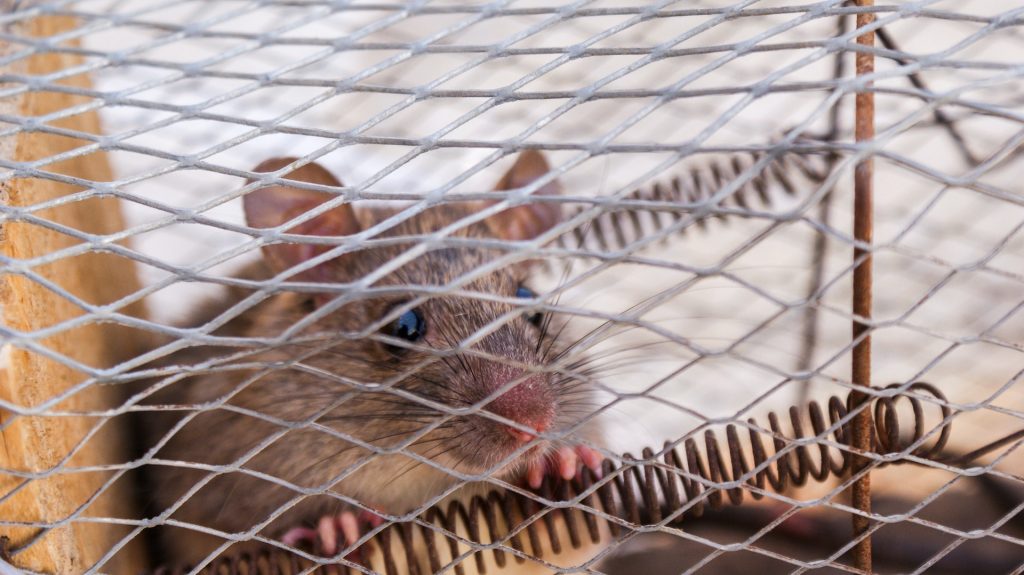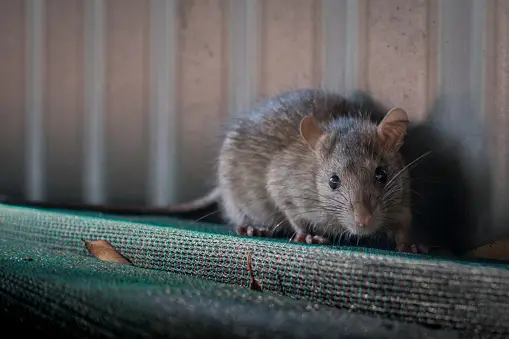Understanding Rodent Behavior
Rodents, including mice and rats, are opportunistic creatures that seek food, water, and shelter.
Here are key aspects of rodent behavior that can inform a successful monitoring and prevention strategy:
- Nesting Habits: Rodents prefer dark, secluded areas where disturbance is minimal. Common nesting sites include attics, basements, wall voids, and piles of debris.
- Feeding Patterns: Rodents are omnivorous and tend to gnaw on a wide range of edible and non-edible items. This behavior can significantly damage property, including electrical wiring and structural components.
- Reproduction Rates: A single pair of mice can produce as many as ten litters in one year.
- Movement and Entry Points: Rodents can squeeze through very small openings, mice can enter through gaps as small as a dime, and rats can fit through holes the size of a quarter.



